One of the greatest mysteries of the Holocaust — the question of who betrayed Anne Frank — has remained unsolved. Now, we may have the answer.
On the morning of August 4th, 1944, Anne Frank’s life would change forever.
Few of us can begin to imagine what was going through her mind as SS officer Karl Silberbauer and his two Dutch Nazi henchmen marched into the front doors of Amsterdam’s Prinsengracht 263.
They were looking for the eight people who had been hiding there for the past two years, in the secret annex located at the back of the building.
Known today as the site of the ‘Anne Frank house’, back then it was a warehouse for Opekta Ltd, a European pectin and spice company.
It wasn’t just a workplace — a huge secret was inside.
Prinsengracht 263
Businessman Otto Frank, his wife Edith and their two daughters Margot, 16, and Anne, 13, had been hiding from Nazis in an annex at the back of the building.
They lived alongside Hermann van Pels, his wife Auguste and their son Peter, 15, and were joined in autumn 1942 by dentist, Fritz Pfeffer.
The eight lived side-by-side in complete secret for over two years, from 1942 to 1944, and were completely dependent on six helpers, who were employees and friends of Otto Frank.
These helpers were Miep Gies and her husband Jan Gies, Johannes Kleiman, Victor Kugler, and Johan Voskuijl, along with his daughter Bep Voskuijl.
They provided food and clothing, as well as books, magazines and newspapers.

The youngest of these helpers was 25-year-old Bep Voskuijl, who had began working for Otto Frank since 1937 as an administrative employee.
She became extremely close with Anne due to her age, and would often eat dinner with the family, even once spending a night in the secret annex – an experience she later said terrified her due to the constant threat of being found out.
Sadly, this bond was broken on that fateful August morning when the warehouse was raided, and the eight people inside were discovered after the SS officers pulled back the movable bookcase that disguised the entrance to the hiding spot.
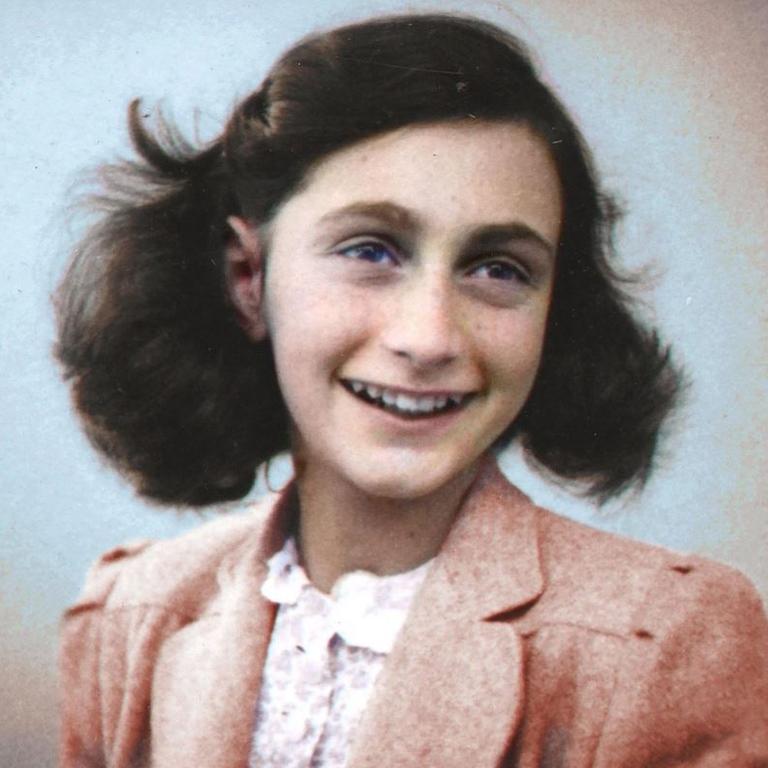
Knowing the game was up at that moment, Bep dropped to her knees and prayed.
Johannes Kleiman and Victor Kugler were arrested and sent to prison, but were later released.
Due to poor health, Johan Voskuijl had already retired in 1943 and passed away in November 1945.
Bep Voskuijl managed to escape during the raid, while Jan Gies was not present when it occurred.
Miep Gies had a gun pointed at her when the Nazis bursted into the building. She later was going to be arrested, but was set free after the Austrian police officer discovered she was also from Vienna.
While rampaging through the secret annex, Silberbauer carelessly emptied Otto’s briefcase on the floor.
What fell out was the papers and notebooks which would eventually make up The Diary of Anne Frank, which was published by her father after the war in June 1947.
What happened after the raid?
Upon their discovery, all eight of those hiding in the Annex were sent to the notorious Auschwitz-Birkenau concentration and extermination camp just outside of Krakow, Poland in September 1944, via Westerbork Transit Camp.
Men and women were separated at the platform upon their arrival to Auschwitz, and this was the last time Otto would ever see his wife and daughters.

A few months later, Anne and Margot were part of a group that were put on a train to the German Bergen-Belsen concentration camp in November 1944.
Due to the deplorable conditions, both sisters became infected with spotted typhus and would sadly succumb to the illness, with both Margot and Anne dying in February 1945.
Two months later, the camp was liberated by British soldiers.
Rachel van Amerongen-Frankfoorder, a fellow prisoner, would later recall that they had “hollowed-out faces, skin and bone”.
“You could really see both of them dying,” she said.
Their mother Edith remained at Auschwitz, but tragically passed away from illness and exhaustion on the 6th of January 1945 – just three weeks before the camp was freed.
Otto Frank was the only one out of his family to survive The Holocaust.
He went on to publish Anne’s diary and was closely involved with the Anne Frank House museum, which was founded to preserve Prinsengracht 263 and its Annex.
Otto was present at the opening of the Anne Frank House on 3 May 1960, and died two decades later in August 1980 at the age of 91.
All three members of the Van Pels family, along with Fritz Pfeffer, died after being sent to the concentration camps.
The question of who betrayed those who hid in the secret annex is one of the great mysteries from the Holocaust.
Who betrayed them?
For many years, it was assumed that the culprit was employee Willem van Maaren, although this was later disproved.
In a new book, The Last Secret of the Secret Annex, Bep Voskuijl’s son, Joop van Wijk-Voskuijl and author Jeroen De Bruyn look at the evidence surrounding the betrayal.
In it, Joop explains why he fears that his aunt Nelly could have been the traitor.
“From the moment the secret annex was raided by the Gestapo on August 4, 1944, until her death on May 6, 1983, my mother avoided the subject of World War II and Anne Frank,” he wrote in the book, released in May this year.
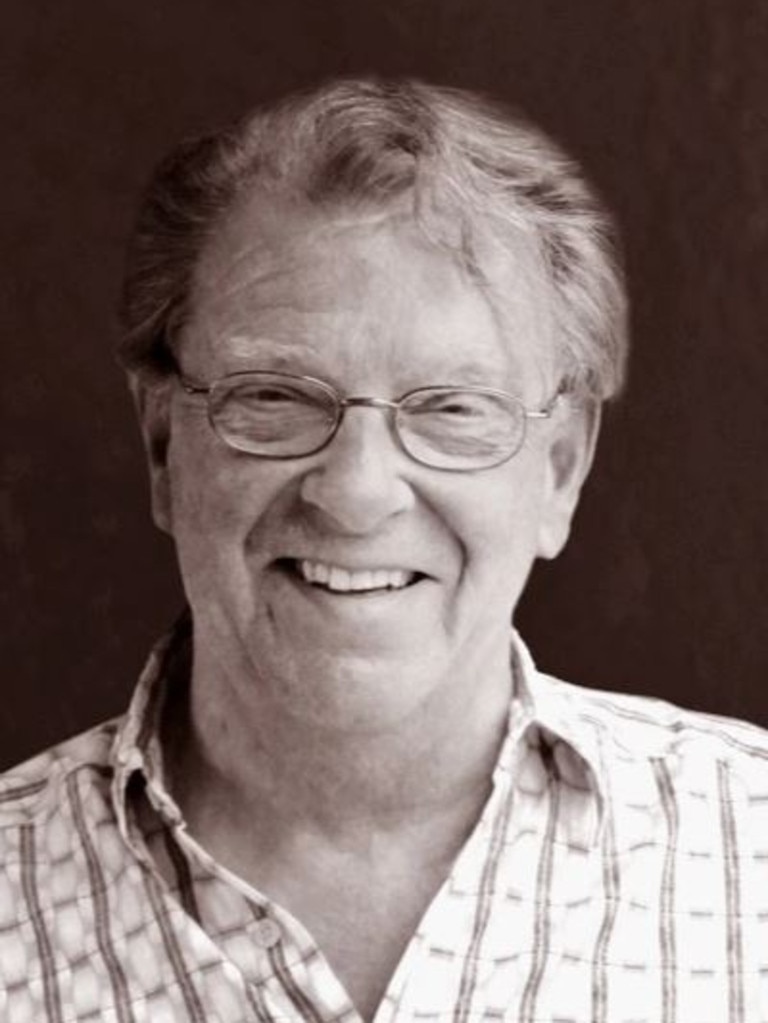
Joop (pictured) has released his book to raise awareness of his theory. Picture: Joop van Wijk-Voskuijl
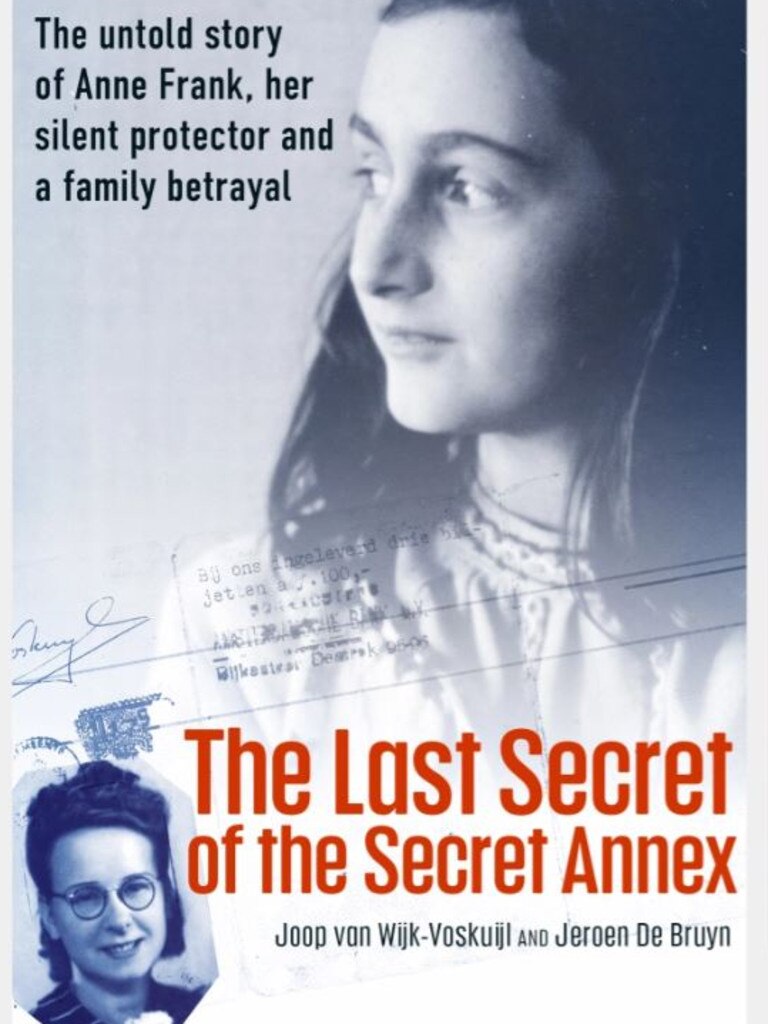
“If she thought about it she would get a migraine, slip into a depression, and spend much of the next day in bed.
“For years, my mother believed that Willem van Maaren, the warehouse manager, who in 1943 was hired as Johan’s replacement, was the informant. Johan was my grandfather and he built the revolving bookcase.
“Yet something changed when Silberbauer was found in Vienna in 1963 by Nazi Hunter, Simon Wiesenthal.
“He revealed that the alleged phone call occurred 30 minutes before the raid when van Maaren was working, and that the informant had the ‘voice of a young woman’.
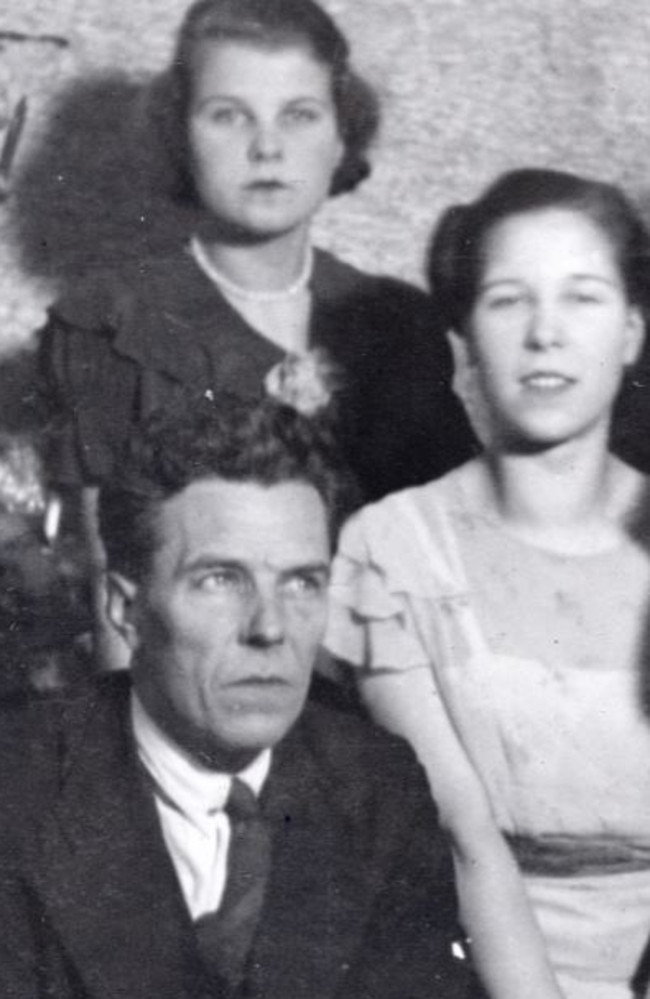
“Her tempestuous sister Nelly, who was 17 at the start of the occupation, believed that Jews were ‘untermenschen’ – subhuman creatures.
“Anne Frank frequently wrote about my mother and grandfather in her diary – but Nelly appears in a much less heroic light and it was widely known that she had cosied up to the occupiers.”
‘I think my aunt betrayed Anne frank’
Joop said in the book that his aunt Nelly remained a “troubled and divisive figure” until her death in 2001.
He explained that his mother did her best to stay loyal to her sister and minimise conflict between her and other members of their family.
According to Joop, “everything changed” in March 2010, when he claims to have discovered unpublished pages from Anne Frank’s diary that had been accidentally uploaded to a public server at the NIOD Institute for War, Holocaust and Genocide Studies.
He went on to say that these alleged diary entires proved that his aunt Nelly was “not some innocent girl” – however this theory has never been proven.
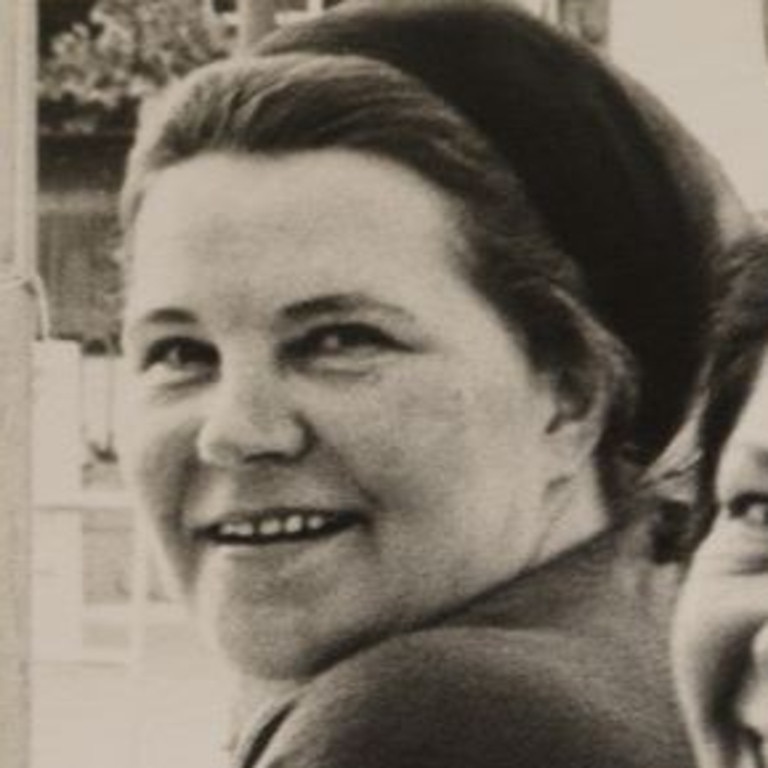
“She had many contacts with the Nazis,” Joop claimed.
“Anne’s original diary showed that in May 1944, after learning of her father’s illness, Nelly had returned home to Amsterdam.
“Which meant she had been living in the nearby neighbourhood of Lumeijstraat with Bep and Johan at the time of the betrayal in August 1944.
“We found two living witnesses who confirmed what Anne had written in her diary, that Nelly had not just one, but several romantic entanglements with Nazi officers during the war.
“We also learned that her contacts with the enemy had not been only social. Before she had gotten her job working for the Luftwaffe in France, she had worked in Amsterdam for the Wehrmacht as one of the militarised women.
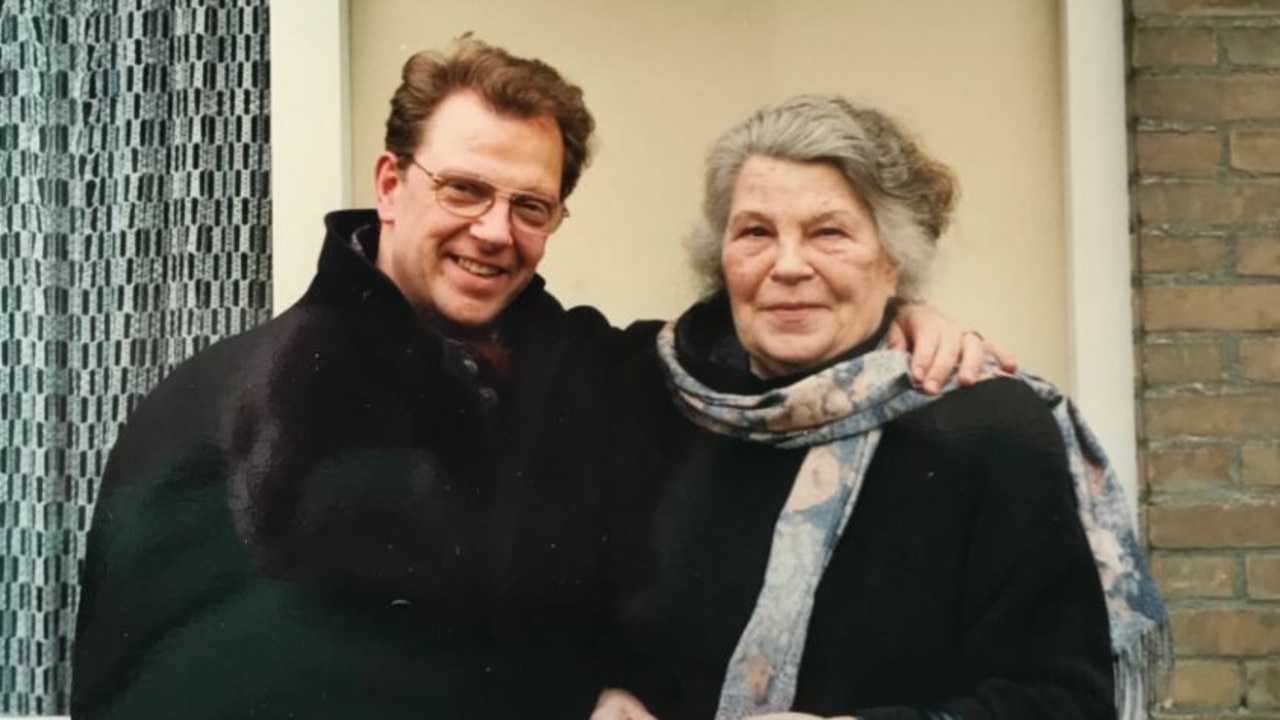
“Did Nelly offer up her information on the condition that her sister Bep would not be punished after the arrest?
“Was that why Silberbauer had left my mother alone after the raid, allowing her to flee, while Miep was harshly interrogated and Kugler and Jo Kleiman were arrested and sent to prison?”
Violent altercation
Joop went on to claim that there may have been a violent altercation between his aunt and her father the day after the discovery of the annex.
“Nobody remembered where Nelly had been on the day of the betrayal. But according to aunt Diny, on the day after, August 5, 1944, she showed up just after dinner where she was attacked by her father.

Anne Frank’s bedroom that she shared with Mr Pfeffer. Picture: Anne Frank Museum
“When he started hitting Nelly, he did not stop. Nelly covered her face with her hands. Johan started kicking her; first, he struck her legs, then her head, over and over again.
“Diny remembers that her mother, Christina, just stood back and watched.”
He says that his aunt Nelly left Amsterdam for Germany almost one month exactly after the raid on September 5, 1944.
Black Sheep
“Nelly was treated like the black sheep in my family,” he went on to claim.
“My grandmother Christina would never sit next to Nelly at family functions, my mother would turn red in her presence and their kisses were fake.
“My father cursed his sister-in-law until his dying day.”
Joop says he tried to talk to his aunt on several occasions about what happened during the war, but to no avail.
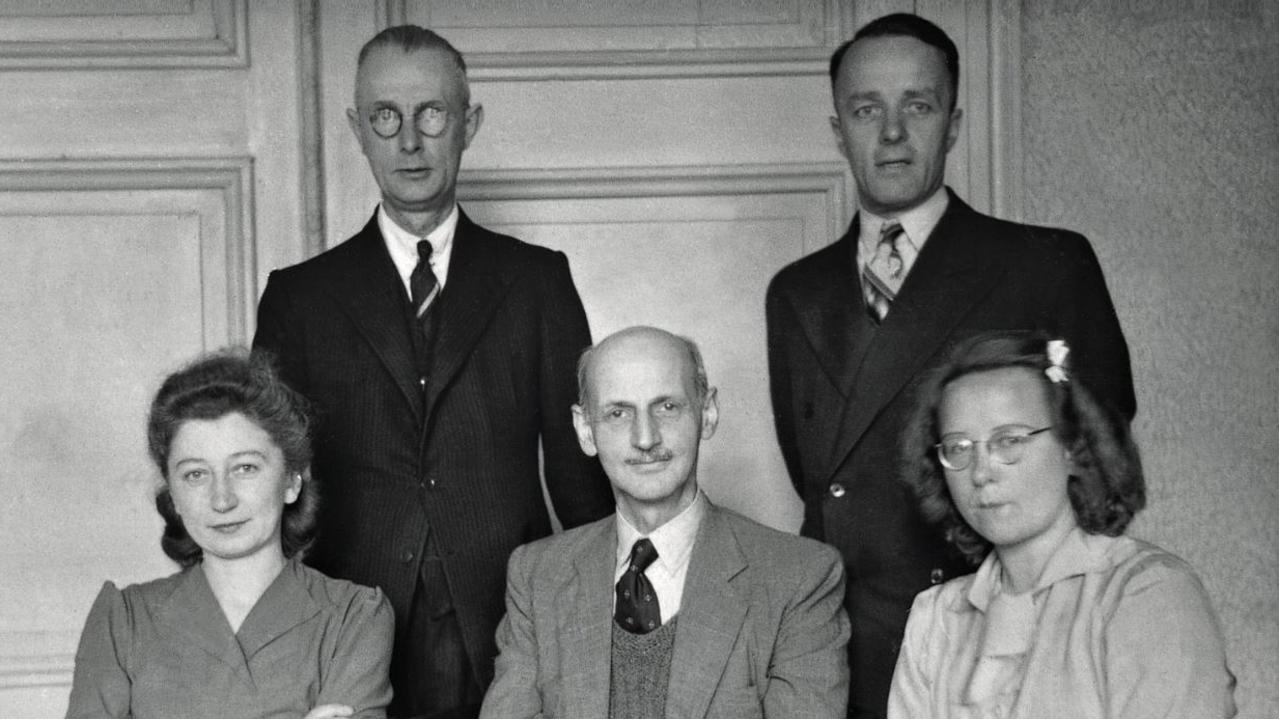
“I tried twice in the late 1990s to talk to Nelly about her past,” Joop wrote.
“But when I summoned the courage to ask what had happened to her during the war, she said she felt dizzy.
“Her eyes fluttered, and she nearly lost consciousness.
“When she finally regained her composure, she explained that ‘this happens to me sometimes. I’ve never been the same since father kicked me in the head’.
“My mother mentioned the possibility that it was Nelly who informed the Nazis about the secret annex only once in her life, to aunt Diny in the summer of 1960.

“She said, ‘Rumour has it that Nelly is the betrayer. As a matter of fact, we think that’s true, but things should be proven first. Otto says he doesn’t want to know anymore’.”
Joop claims that his aunt Nelly would sometimes say things that indicated regret about the choices she made as a young woman, allegedly telling her sister Diny: “I can’t believe I worked for that pig Hitler.”
Nelly lived a fairly normal life, working as an usher in movie theatre and then in a cafe preparing food.
She later died in 2001, after falling down a flight of stairs at home.
No conclusive explanation
It must be noted that the theories, accusations and anecdotes shared by Joop in his book and explored in this article have never been proven as fact.
The question of who betrayed Anne Frank and her family on that day in 1944 remains unknown.
The Anne Frank House have shared their position regarding this new theory in a statement shared on their website.
“The exact circumstances of the events of 4 August 1944, which led to the arrest of the eight people in hiding in the Secret Annex and two of the helpers, are unknown,” it reads.
“None of the existing betrayal theories provides a conclusive explanation.
“The new betrayal theory that Jeroen de Bruyn and Joop van Wijk propose in their book is based on a number of assumptions.
“The authors choose interpretations that point towards Nelly Voskuijl.
“The Anne Frank House does not see any reason to adopt the suspicions against Nelly Voskuijl in the theory that has now been proposed.
“The betrayal theory that Jeroen de Bruyn and Joop van Wijk put forward in their book is based on a number of assumptions and interpretations.”
The statement goes on to assert that the theory about Silberbauer – the SS officer leading the raid – claiming that a young woman made the “tip off” telephone call was “insufficiently substantiated.”
Additionally, they state that the suggestion that Bep Voskuijl was not arrested because of her sister’s alleged collaboration with the Nazis was “speculative”.
“Her colleague Miep Gies was not arrested either, and this was not unknown for those who had helped people in hiding,” they stated.
“According to Silberbauer, in this type of situation the company directors were held responsible, not the secretaries.”
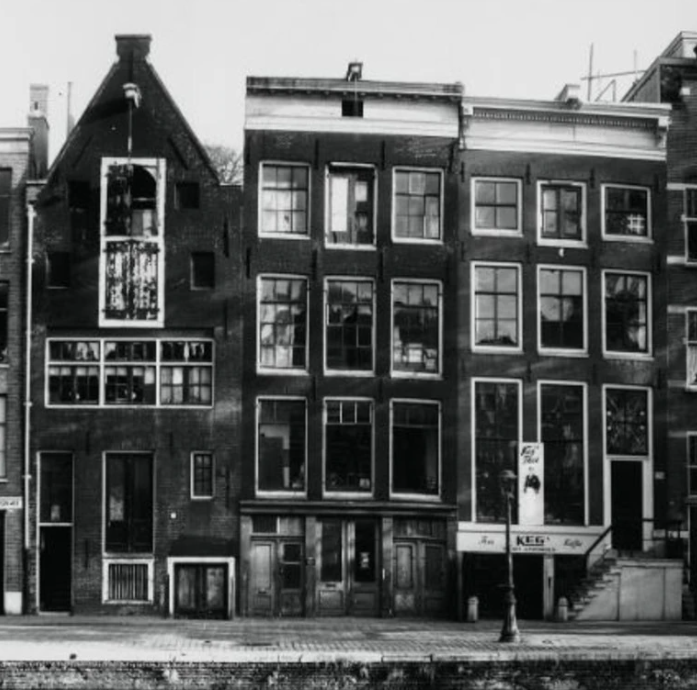

Leave a Reply